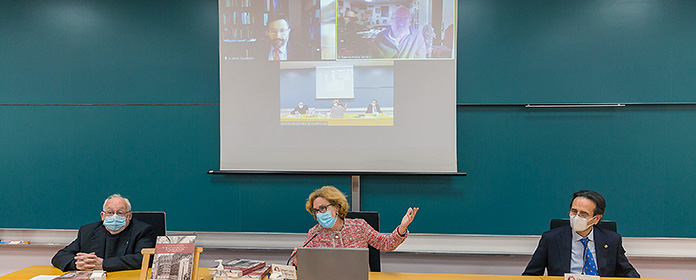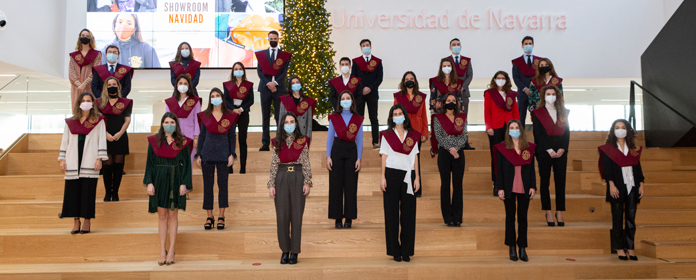Nanoparticles for a new vaccine against shigellosis
Researchers at the University of Navarra develop an oral vaccine against this disease, which causes 1.1 million deaths per year.
A team of researchers from the Departments of Microbiology and Pharmaceutical Technology of the University of Navarra is working on the development of a new oral vaccine to treat bacterial dysentery, or shigellosis. This pathology causes 1.1 million deaths per year worldwide; 61% in children under 5 years of age.
The disease, produced by the bacterium Shigella -a group of pathogens causing bacillary dysentery- causes a severe diarrhea process. leave The route of infection is fecal-oral, with the peculiarity that an infectious dose is enough to contract the disease. Thus, shigellosis affects 164.7 million people worldwide, 163.2 million in developing countries development and 1.5 million in industrialized countries.
"For this reason," says Professor Carlos Gamazo, coordinator of project in the area of Microbiology of the academic center,"the WHO has given priority to the programs of development of effective vaccines against this disease, since the implementation of prevention measures of subject hygienic-sanitary presents a great difficulty and, on the other hand, a high prevalence of multi-resistant strains to antibiotics is being observed."
Likewise, the specialist confirms that none of the existing vaccines has a significant success in previous tests and some of them, which are attenuated vaccines, cause symptoms of diarrhea and fever that limit their application in humans.
Safer treatment
In the case of the new treatment developed by scientists at the University of Navarra, the vaccine is safer thanks to the employment of subcellular fractions based on nanoparticles that allow its administration through the mucous membranes. In fact, Ana Camacho, first author of work, confirms that to date "the vaccine has only been applied in murine models (mice), but with 100% success in preventing experimental infection".
The work is a joint project of the Departments of Microbiology and Pharmaceutical Technology. The first one, coordinated by Carlos Gamazo, is in charge of the selection of suitable vaccine antigens and the monitoring of the induced immune response. The second, headed by Dr. Juan Manuel Irache, develops the appropriate nanoparticulated formulation that facilitates vaccine administration.
In addition to these two researchers, the authors of work are Ana Camacho, Juliana de Souza, Patricia Ojer, Susana Sánchez and Adela López de Cerain. The project has obtained the first award in Microbiotec' 11, a meeting on Biotechnology held in Braga (Portugal), and has received recognition in international congresses held in Prague (Czech Republic) and Baltimore (USA).




